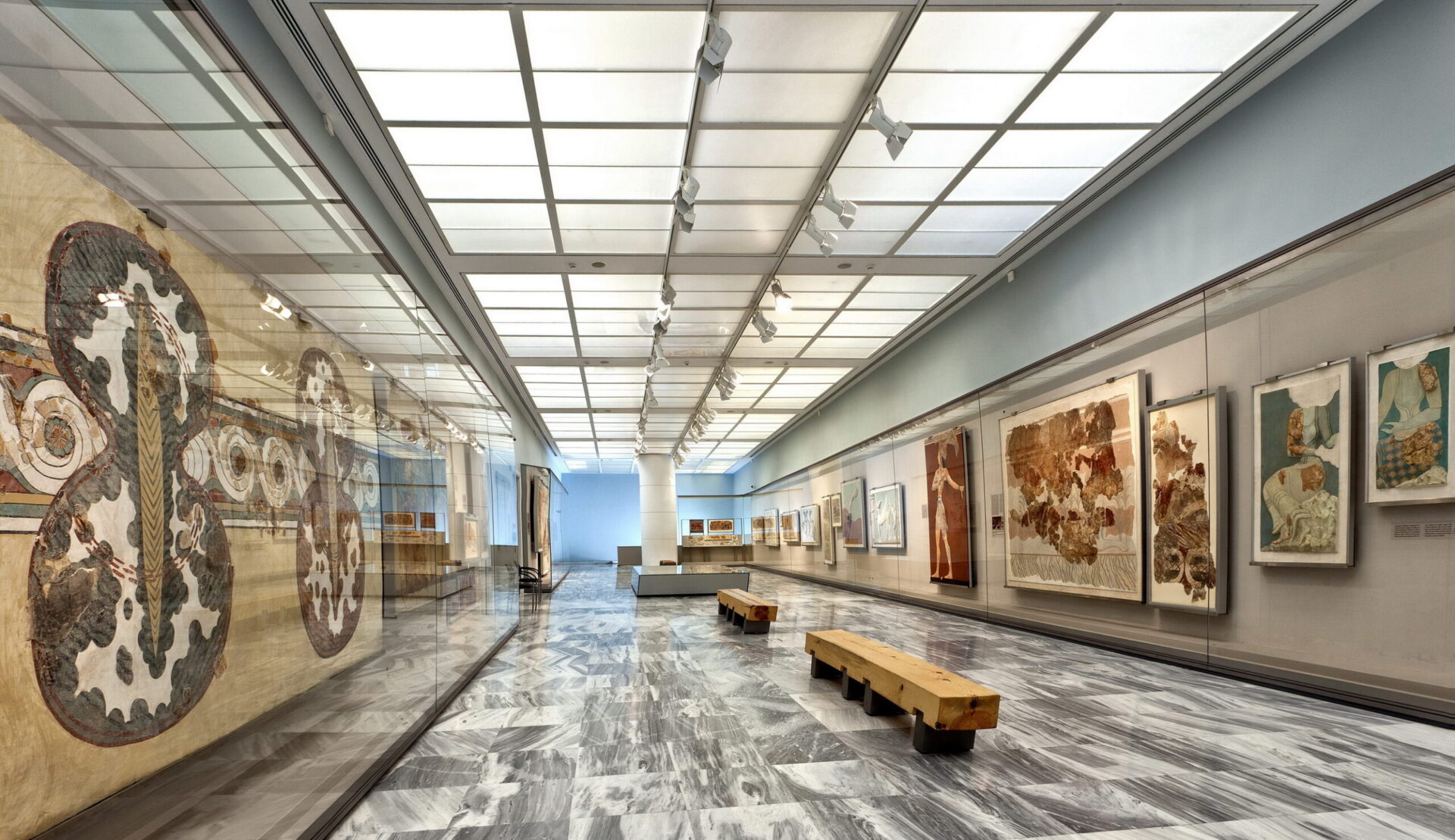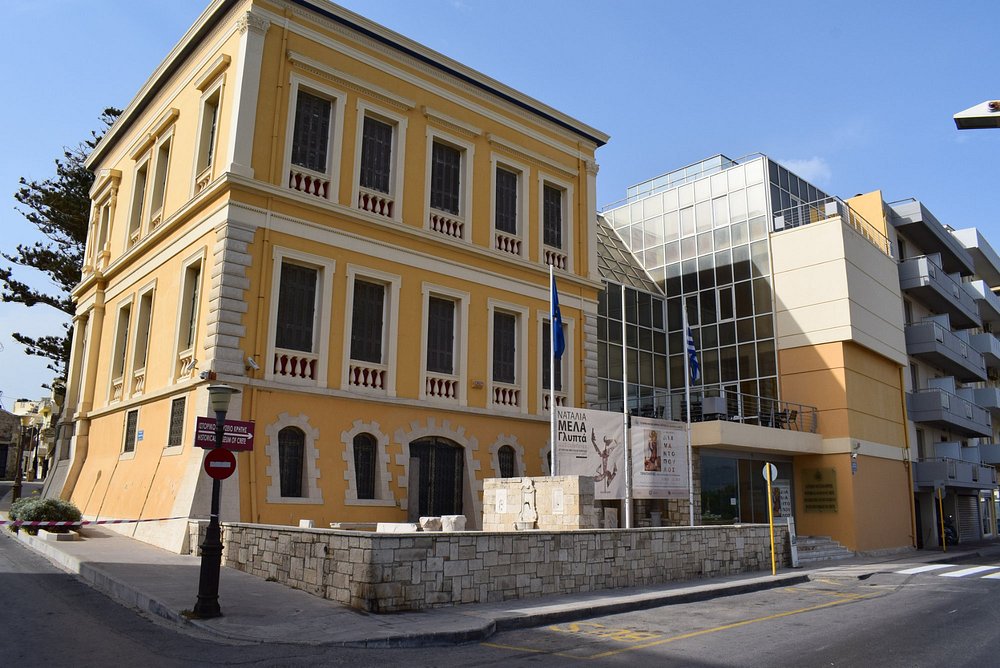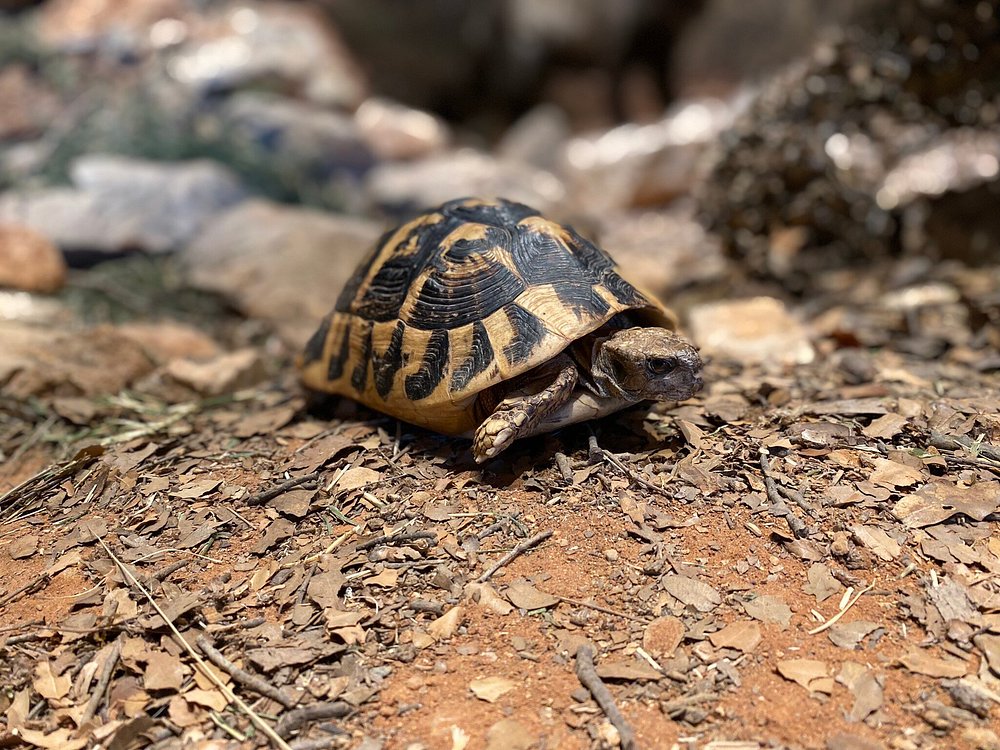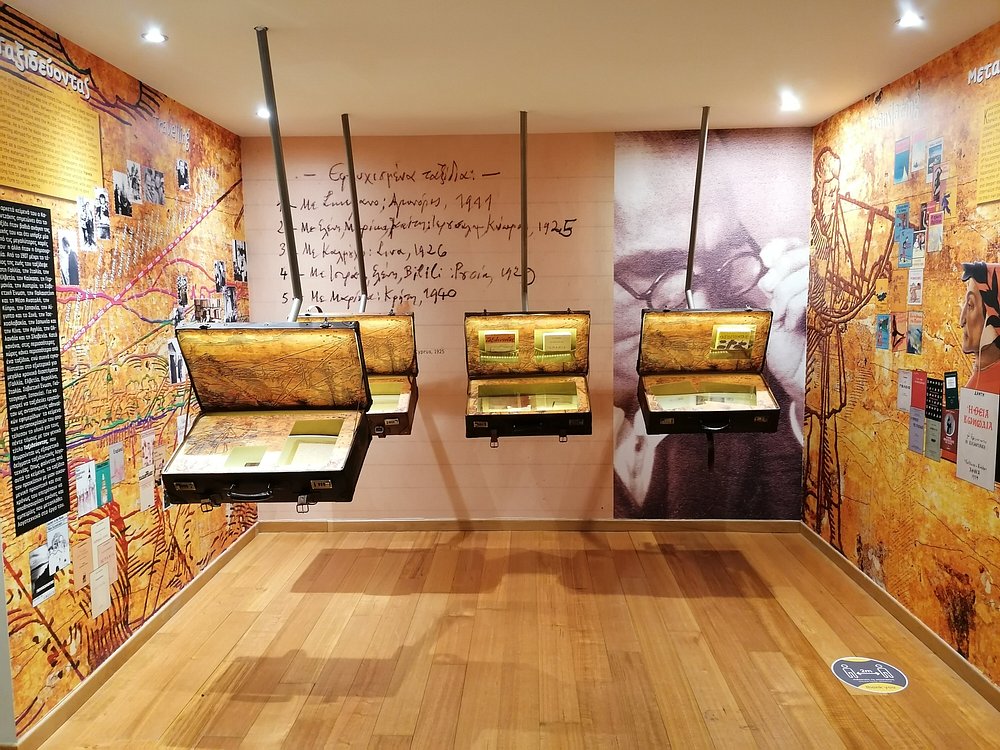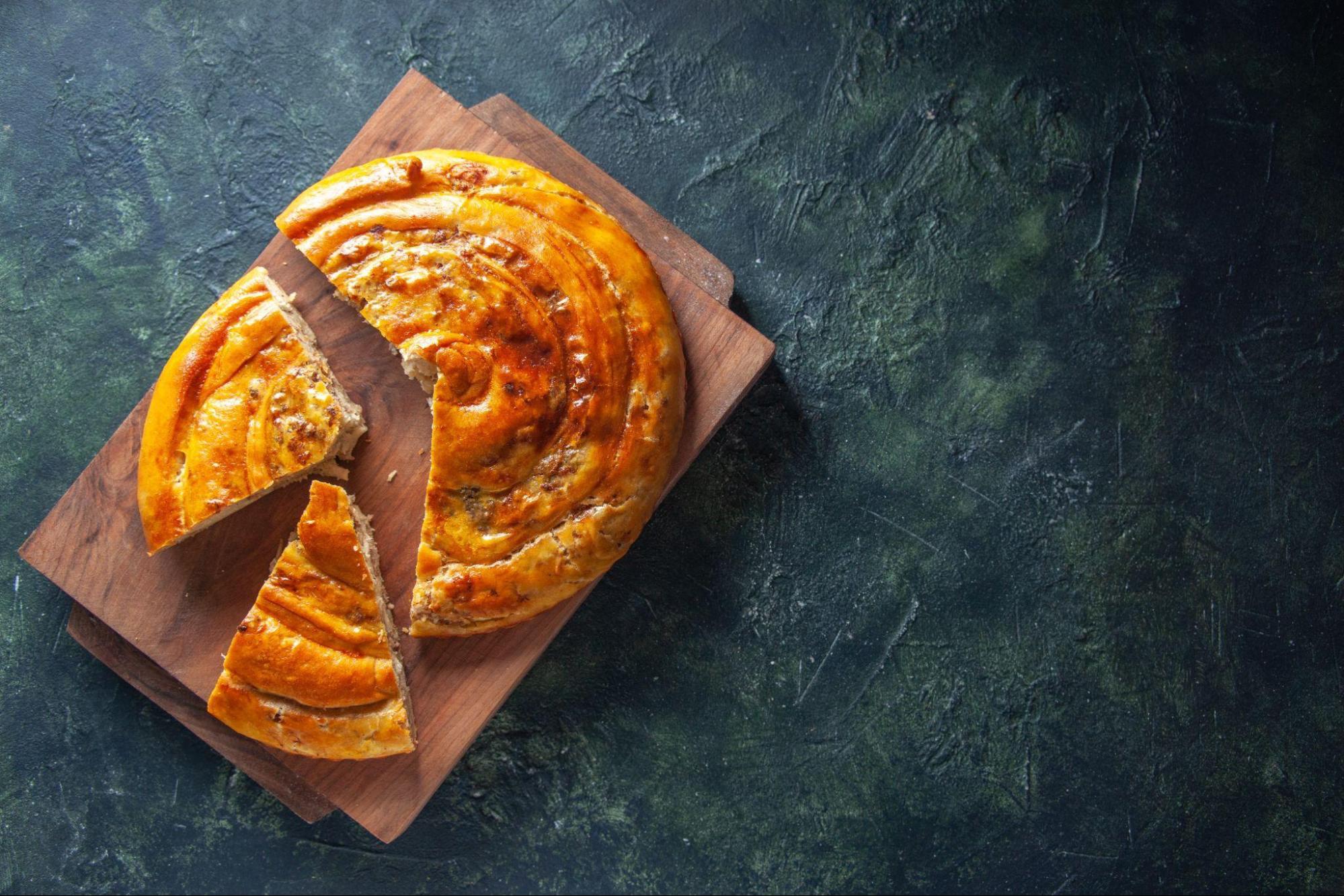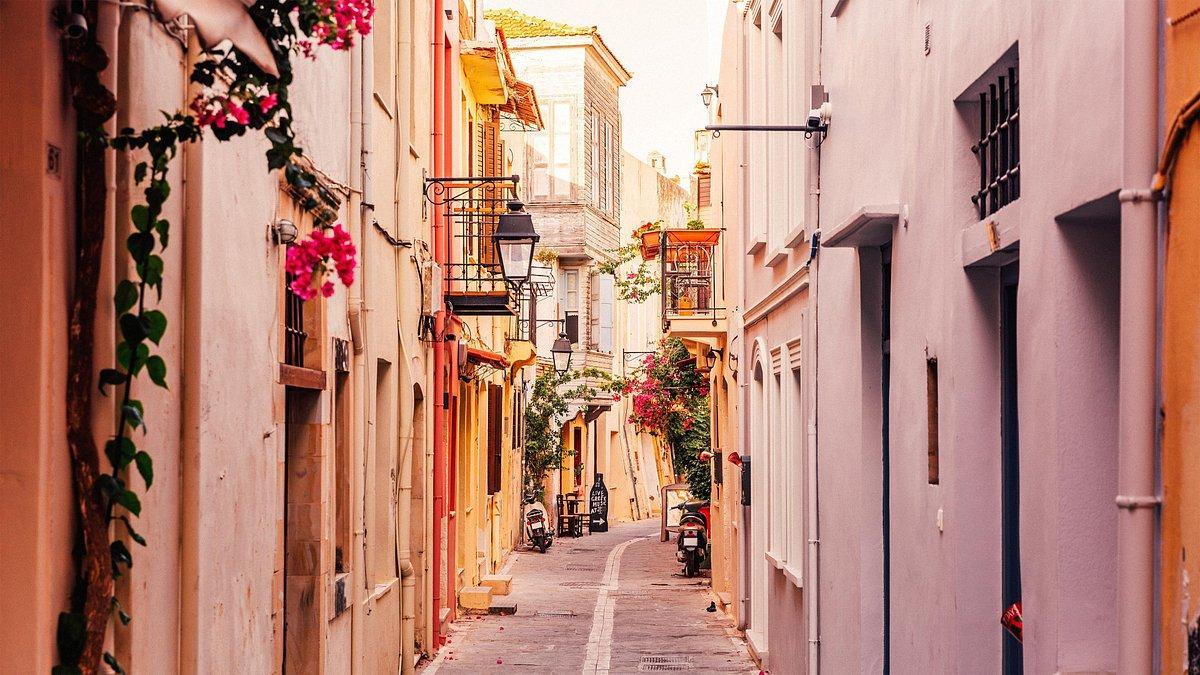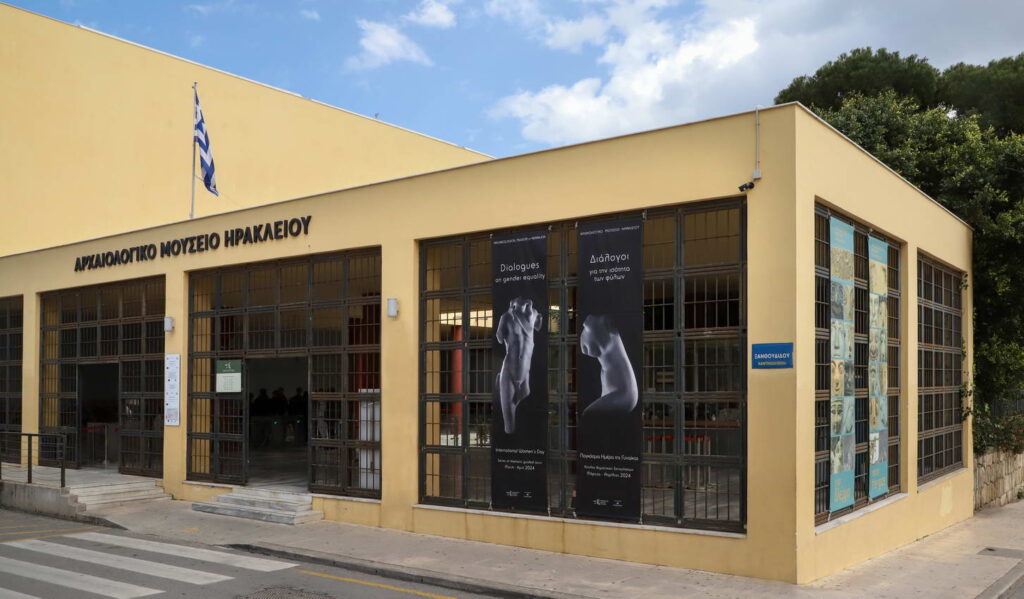
You have to visit Heraklion Archaeological Museum,
to understand the local culture. Simple as that. The island’s whole story, from stone age farmers to the end of Roman rule, is packed into this one building. You’ll probably show up after visiting Knossos, maybe feeling a bit overwhelmed by the heat and the old stones. But the Treasures of Heraklion Archaeological Museum are where the ghosts of that palace really live.
The museum is in the center of Heraklion. (Get directions) Parking could be a problem. A tip: There is an organized parking a few meters away and you can walk. Or if you have a small rental car, you might get lucky and squeeze it somewhere. Once you step inside, the cool air hits you. It’s quiet. You can finally breathe and take your time.
Don't just look for the famous stuff of Heraklion Archaeological Museum. The real magic is in the details.
The Mysteries: Some things in here just make you stop and stare. The Phaistos Disc is one of them. It's a flat circle of clay, covered in a spiral of weird symbols that no one on earth can read. A whole language, an entire story, sitting there silent under the glass. Then you have the Snake Goddess figurines. These small, intense statues of a woman holding snakes. Are they gods, or priests? What did they mean? We don't know. And that’s what’s so powerful. You can feel the mystery.
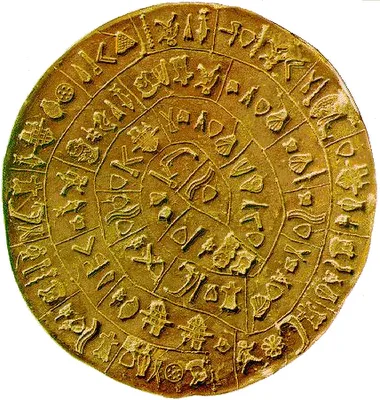
The Life You need to look for the gold pendant of the two bees. It’s tiny. But the detail on it is so perfect, it’s hard to believe it was made thousands of years ago. It’s a piece that buzzes with life. It shows you how much these people cared about nature, about getting the small things exactly right. Same goes for the little clay models of their houses. They're like ancient dollhouses, showing you how regular people lived, away from the big palace ceremonies. This is where you feel the human connection.
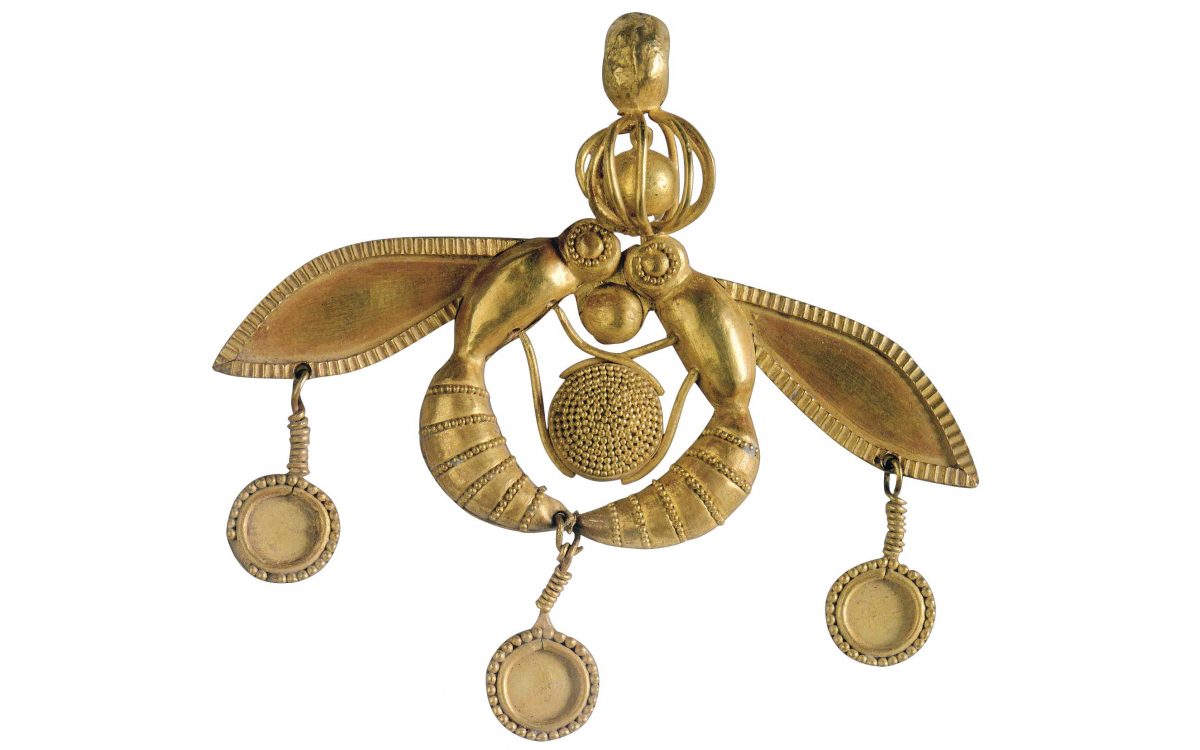
The Palace Stuff: Ok, yes, this is where you see the real frescoes from Knossos. The Bull-Leaping Fresco is here, showing that wild, athletic dance between humans and animal. You can also see "La Parisienne," the painting of the woman with the dark eyes and red lips. She looks so alive, she feels like she could walk out of the frame. Seeing these pieces up close, with their original colors, is an experience itself.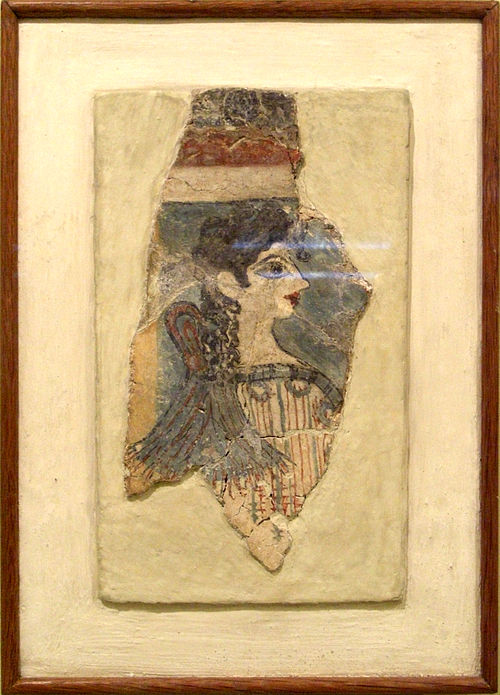
The Building Itself: Before you even go in, take a look at the building. It’s not some old classical temple. It's a clean, cool example of 1930s Modernist architecture. It was built on the spot where a Venetian monastery used to be before an earthquake knocked it down. If you look in the garden, you can still see some of the old ruins. History on top of history.
A Few Pieces of Advice
-
Take your time. You need at least two hours. Three is better if you really want to see things properly.
-
Visit Knossos first. It just makes more sense. See the place, then see the things they found there.
-
Follow the numbers. The rooms are laid out in chronological order. It starts in the stone age and walks you forward through time. Easy to follow.
-
Look in the corners. Don't just stick to the main attractions. The best things are often the small objects in the less crowded cases. The pottery, the seals, the tools. That’s where you’ll find the real Crete.
This article is a kind offer from Carac Rent a Car. Read more at www.carac.gr

